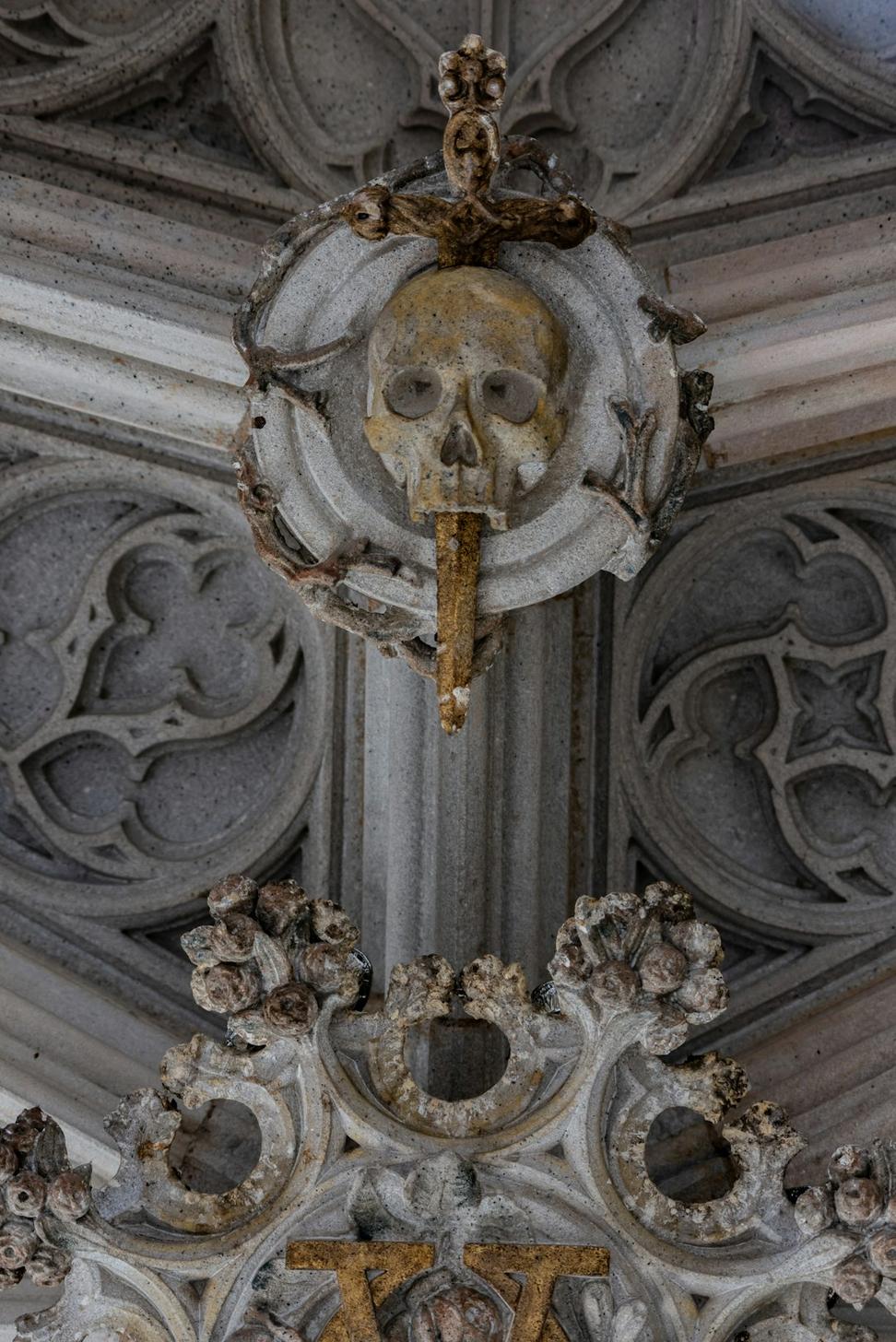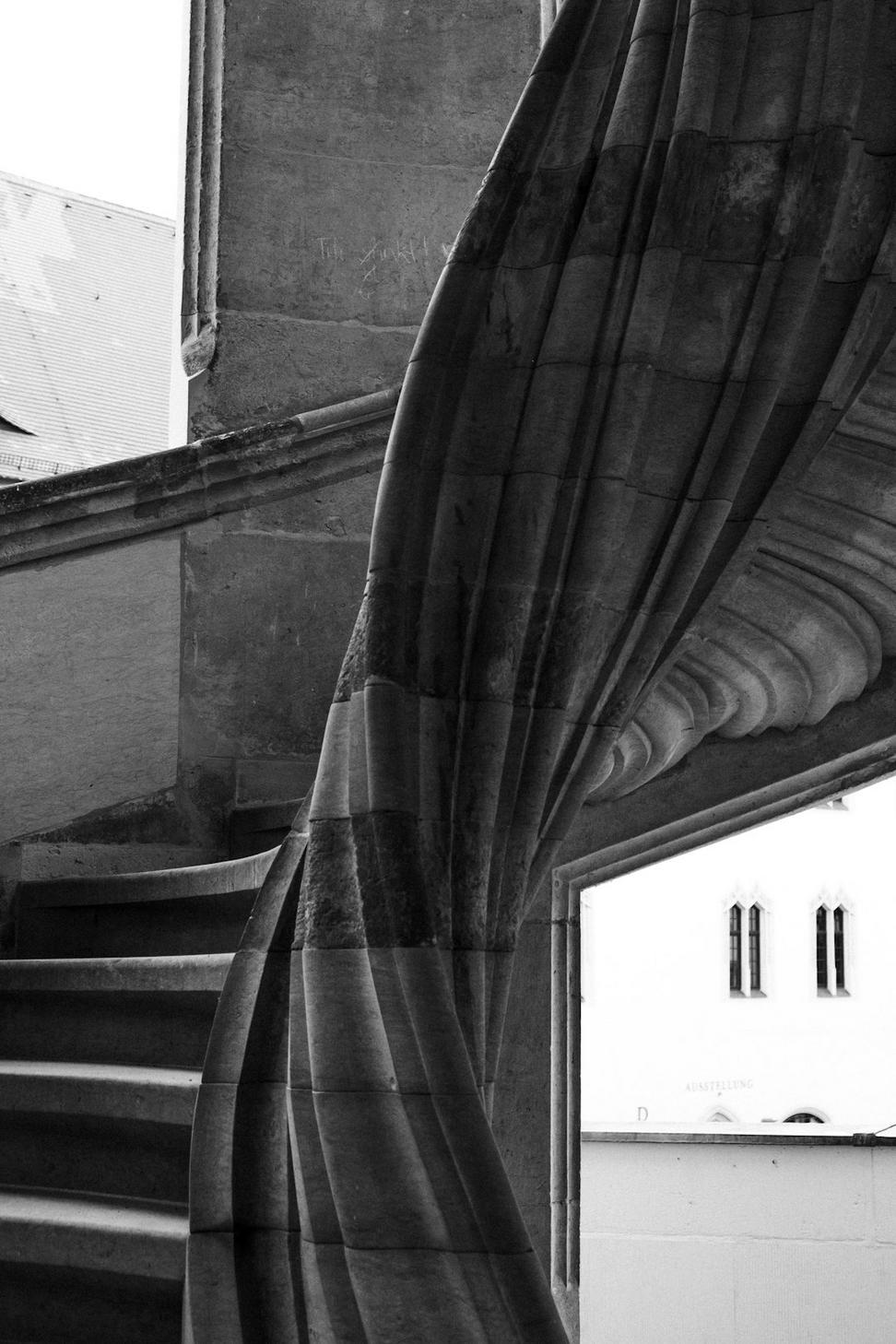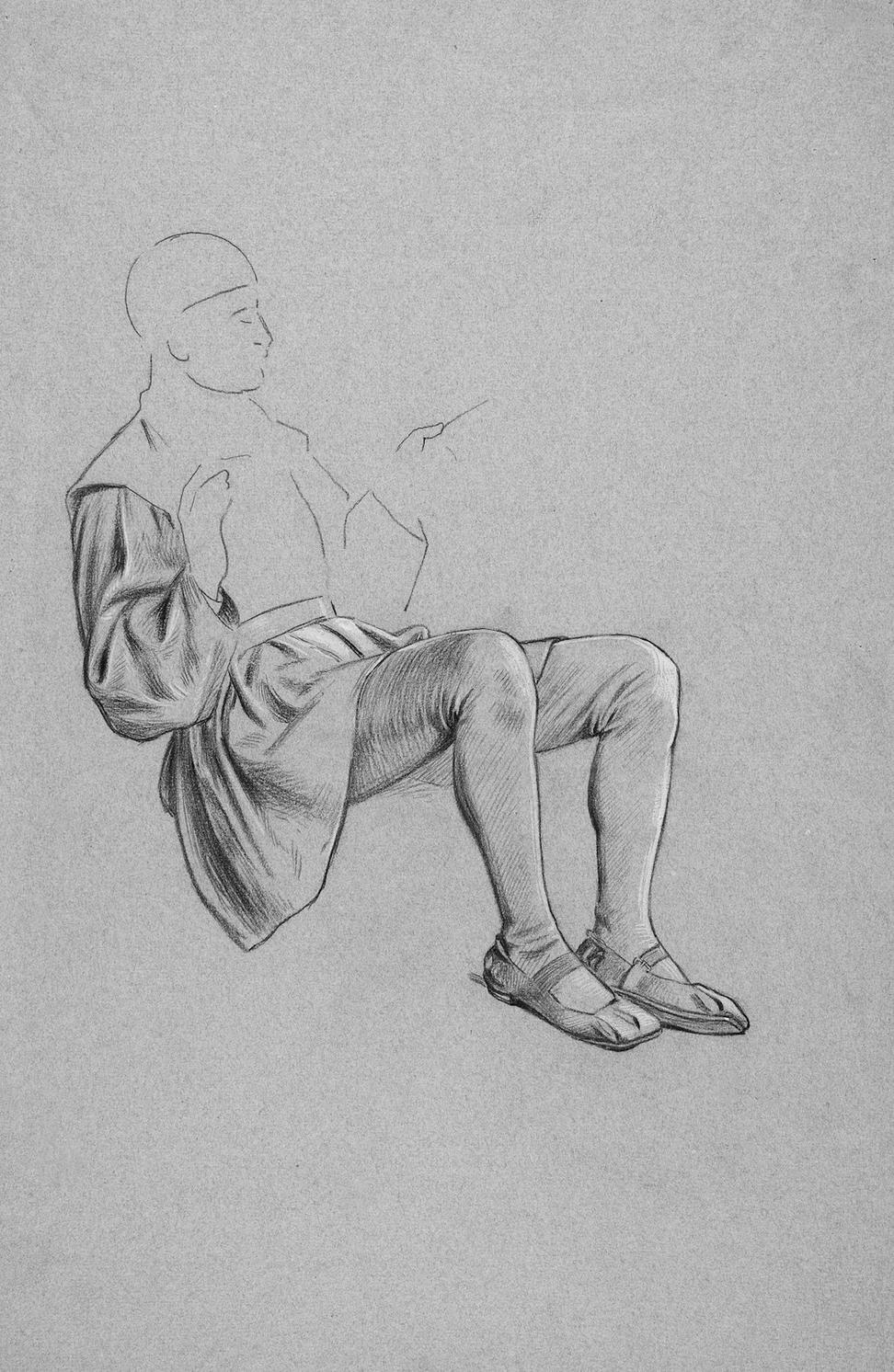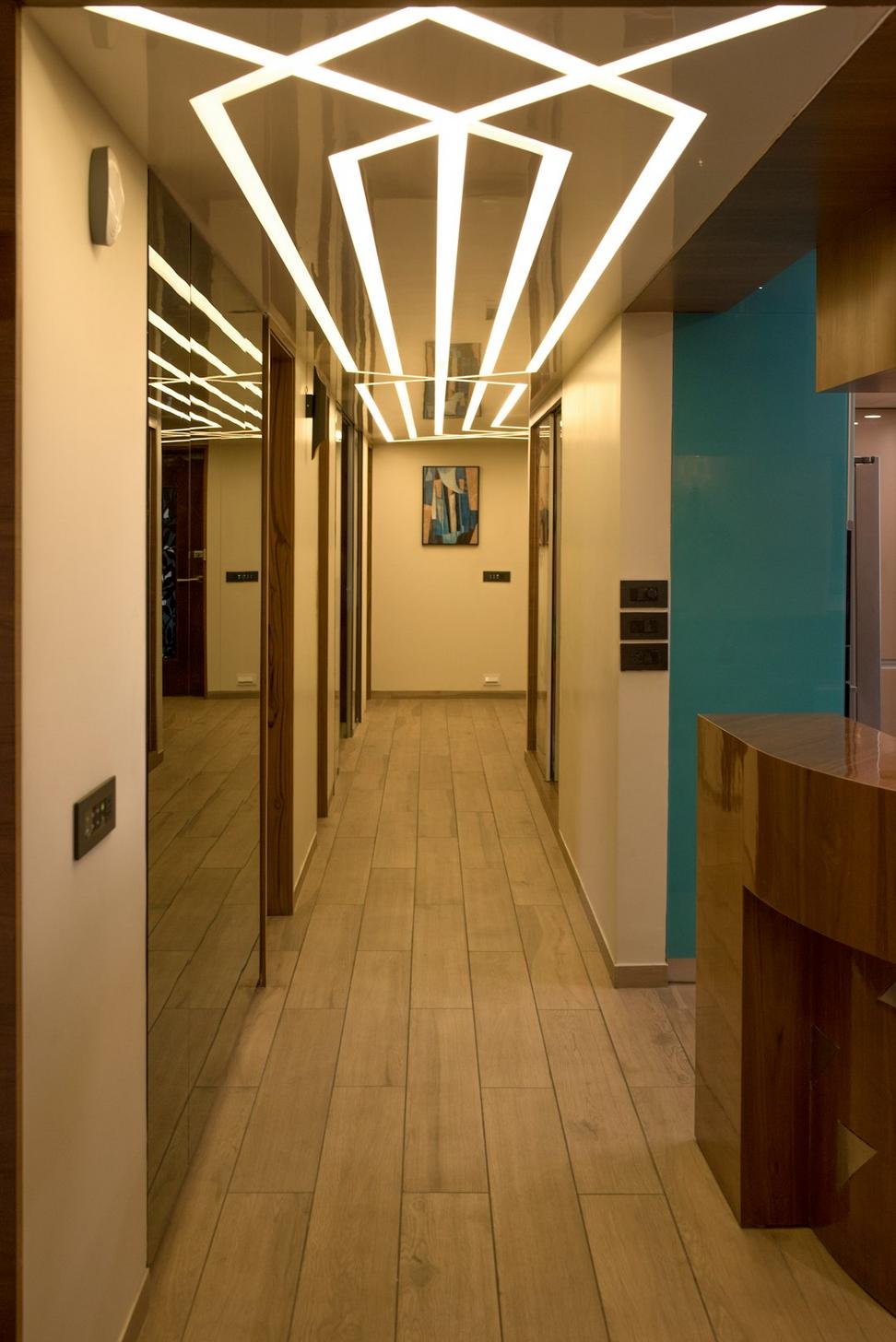How It All Started
Look, I won't feed you some romanticized origin story. Back in 2009, I was sitting in a cramped office downtown working on cookie-cutter condo designs that made my soul hurt. Every building looked the same - glass boxes with zero personality.
One weekend, I wandered into this old Gothic church on Davie Street that was being gutted for a "modern renovation." Watching them strip away those hand-carved details and painted vaulting felt like witnessing a crime. That's when it clicked - someone needed to fight for these spaces, to show people that old doesn't mean obsolete.
Started Ravenspire Quest that year with basically no clients and a chip on my shoulder about heritage architecture. Turns out, lots of folks in Vancouver felt the same way about preserving what makes buildings actually interesting. We've grown since then, but the mission hasn't changed - create and restore structures that'll matter in 100 years, not just next quarter.
We're not here to follow trends. Never have been.




